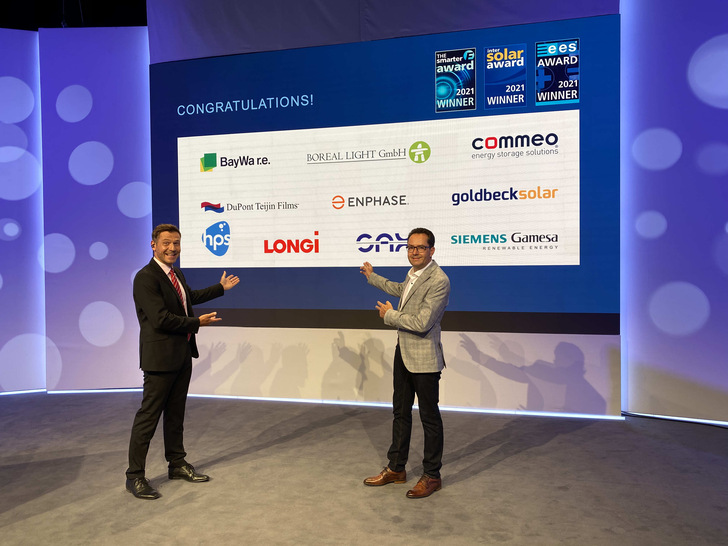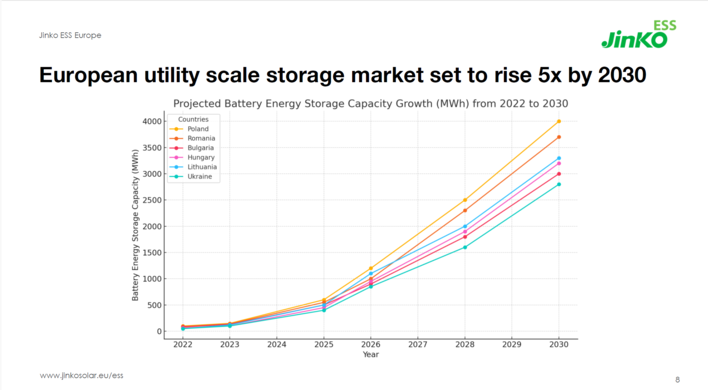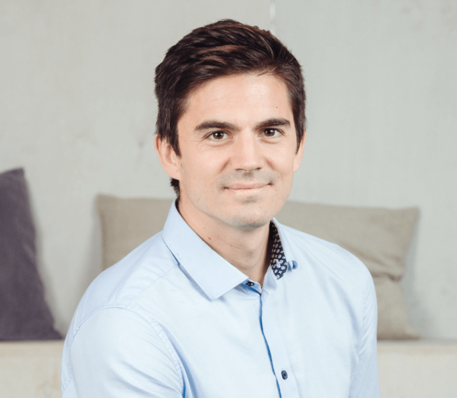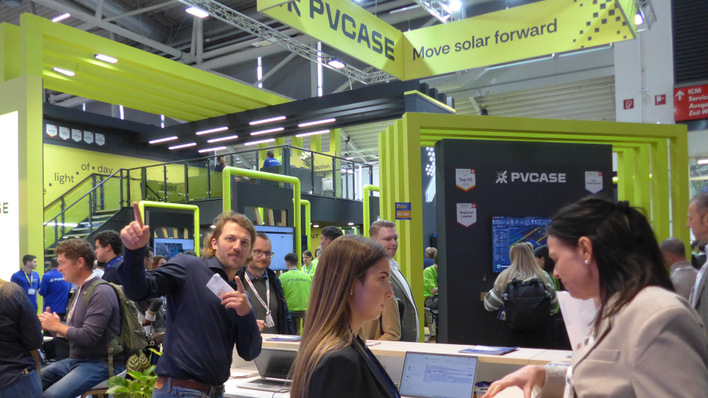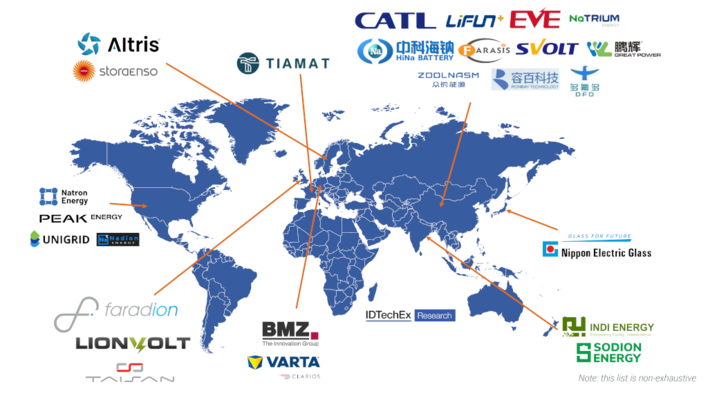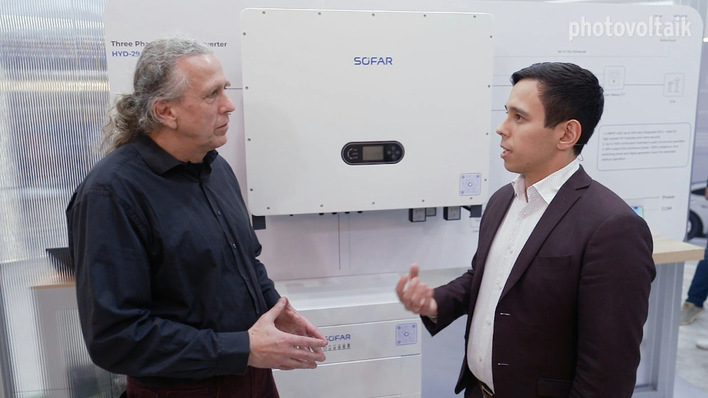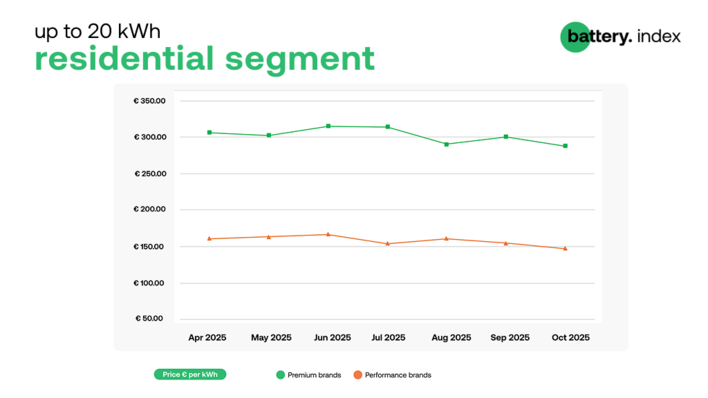Manufacturers SAX Power, Commeo, and Enphase Energy will be taking home the innovation prize after impressing the international panel of experts with their solutions. The award ceremony was held online as part of The smarter E Industry Days from July 21 to 23, 2021, when the Intersolar Award and The smarter E Award innovation prizes were presented too. Lots of the winners and finalists will be showcasing their innovations at The smarter E Europe Restart 2021 at Messe München from October 6 to 8.
The Winners of the ees Award 2021:
SAX Power: Digital AC Battery for Energy Storage and E-Mobility
SAX Power was founded in 2019 after SAX, a long-standing supplier for the Deutsche Bahn, developed a technology for lithium-ion battery storage. The digital AC battery from SAX Power has novel electronic circuits that connect the battery cells by cascading H-bridges. These circuits serve both as a battery management system (BMS) and a DC/AC conversion system. The innovative BMS allows more usable capacity and lifetime thanks to optimized cell balancing, the selection of specific cells to be charged or discharged, and the ability to exclude defective cells. It is important to note that there is no need for an inverter thanks to the patented, integrated power electronics. The solar storage units are made up of 120 battery cells with a nominal capacity of 15 ampere hours and a nominal voltage of 3.2 volts each for a total capacity of 5.8 kilowatt hours.
The international panel of experts unanimously agreed on the revolutionary aspect of the integrated DC/AC conversion and battery management system that has very high conversion efficiency and the potential to significantly change the design of battery storage systems for domestic use. They were also impressed by the potential for the automotive sector, with safety increased and costs reduced in e-mobility thanks to the lack of inverter.
Commeo: Energy Storage Solutions for 48-Volt and High-Voltage Applications
Commeo, based in Wallenhorst near Osnabrück in Germany, has been developing and manufacturing energy storage and management solutions since 2016. Its energy storage solutions for 48-volt and high-voltage applications up to 800 volts can be scaled from 1.1 kilowatt hours to several megawatt hours. This highly modular solution, which aims to meet customer needs at all times, combines various basic components: two cell formats with pouch and cylindrical cells, four different cell types, a control unit, and housing.
The modularity and configuration options offered by the system are commended by the panel of experts, with up to 400 variations possible, including high-voltage applications. The standardization, flexibility, and ability to meet the specific needs of different types of users were also awarded high marks, as was the impact for small- or large-scale commercial applications. The system also fulfills all necessary safety standards and can be integrated into standard switching cabinet architectures and in turn into existing energy infrastructures. Commeo uses renewable energy sources in the production process.
Enphase Energy: Encharge Robust Modular Storage Solution
Headquartered in California, Enphase Energy designs and manufactures domestic and commercial solar storage solutions. Encharge is a fully scalable, modular battery storage solution based on microinverter architecture that can be grid-connected or work as a backup or off-grid system. The Encharge 3T base unit has a usable battery capacity of 3.5 kilowatt hours and a nominal charge/discharge power of 1.28 kilowatts. One 3T unit contains four individual micro-inverters. Three base units combine to form an Encharge 10T storage system with a total energy capacity of 10.5 kilowatt hours.
The panel of experts was impressed by the unique, safe, and robust approach that has high relevance for global markets suffering from an instable power supply and harsh climate conditions. The multiple microinverter approach enables a high degree of modularity, creates redundancy, and leads to higher reliability. The system installation is simplified through individual units with a lower weight, AC cabling, and either a single- or three-phase system. Wireless communication with the control unit and other communication interfaces including the PV inverter represent a step forward, especially for rural electrification. (mfo)


